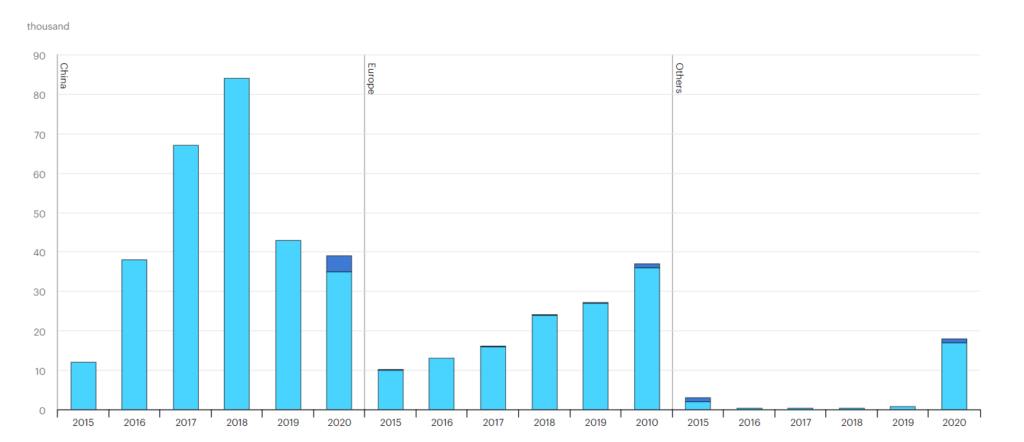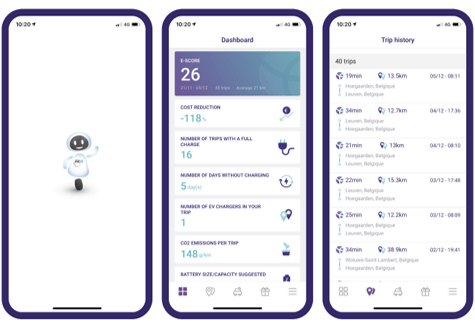The driving force behind electrifying fleets
Thankfully, technology is improving everywhere, not just in vehicles. Optimizing the makeup of your fleet is about making well-informed decisions about which vehicles can be transitioned from combustion engines, whether diesel or gasoline, to another energy source. Data-driven fleet optimization analytics systems assist operators in many facets of fleet management, including tracking information that will help enhance fleet composition in the future.
AI-driven predictive platforms process individual drivers’ mobility patterns to calculate accurate eco and EV transition profiles. First, they integrate with trip detection software installed on mobile devices, or other solutions like OBD dongles, blackboxes, or car data platforms, and pull information about a particular driver, such as typical routes they drive, duration of trips, where they stop, duration of stops, driving style, and availability of charging infrastructure. Next, they develop an objective assessment of a driver’s suitability to move to an electric car based on all these factors.
Using data-driven fleet management, managers can review the information provided and decide what would be the ideal fleet makeup from now on. Then, they can add a combination of full-electric, plugin-hybrid, and hybrid vehicles to balance out their fleet’s needs. Taking the guesswork (or the tons of labor required to analyze the information manually) out of fleet management analytics will simplify and enhance decision-making, helping fleet managers become more efficient with new vehicle choices. And more accurate, data-backed decisions will take away, or at least reduce, the fear of having a fleet that cannot cover all the business’s needs and a fleet that is wasting fuel and money.








